#Anastas Mikoyan
Explore tagged Tumblr posts
Text
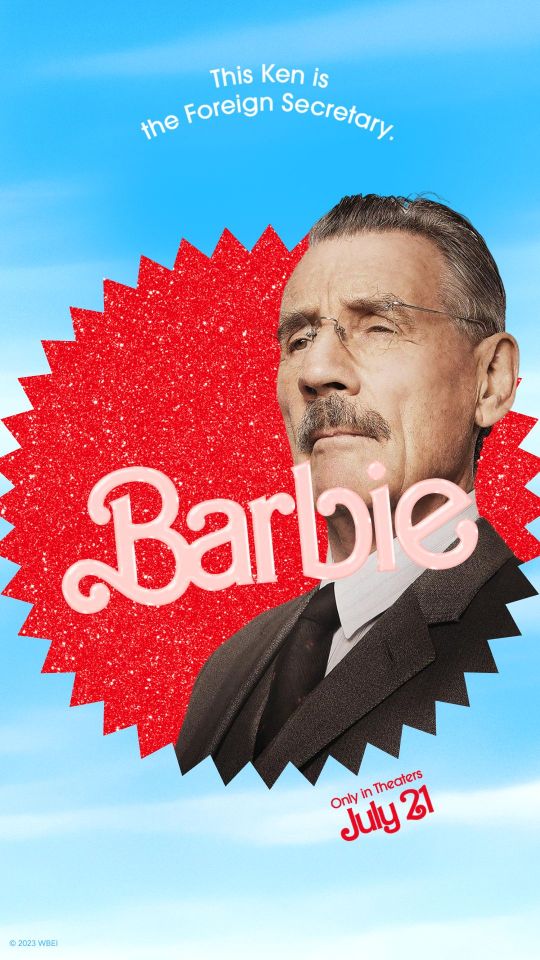


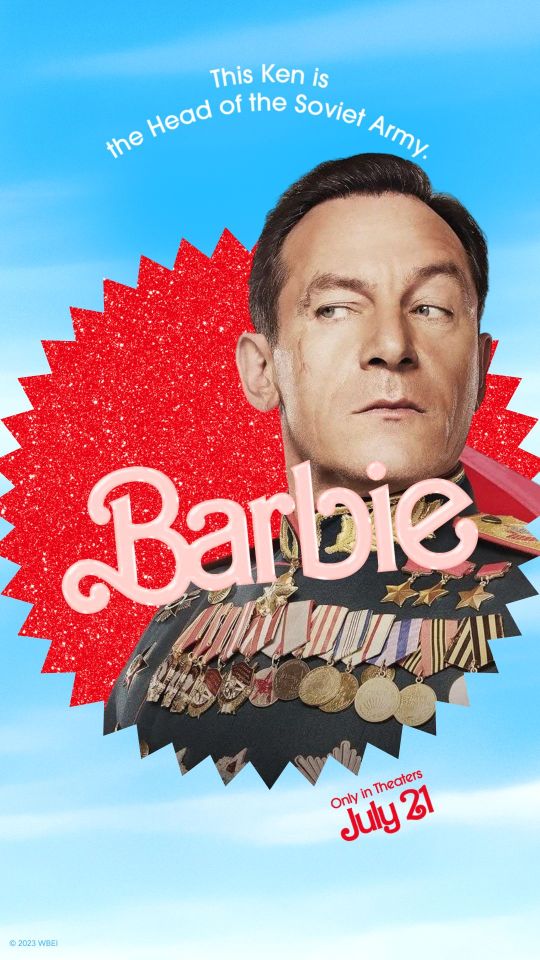
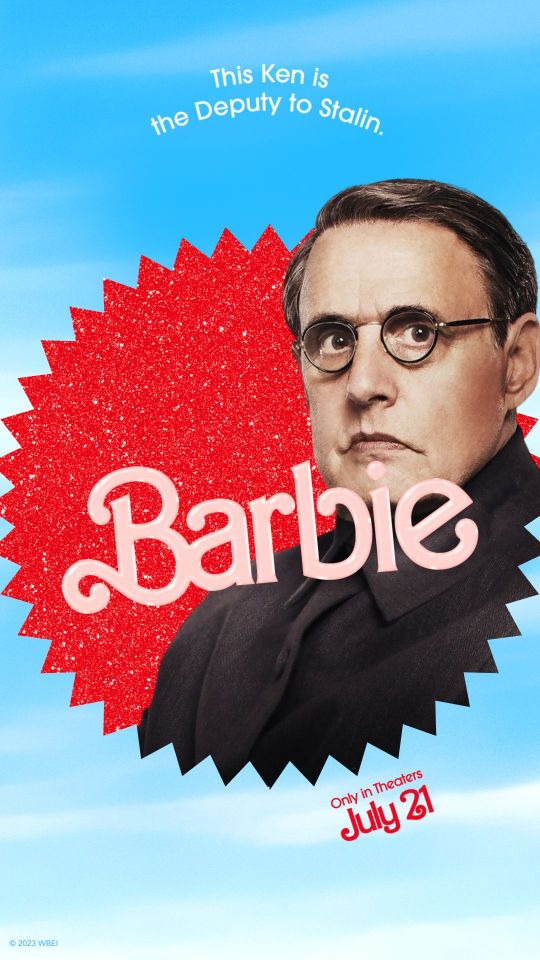



The Death of Stalin, but the poster is... Barbie?!
#the death of stalin#death of stalin#michael palin#steve buscemi#jason isaacs#simon russell beale#jeffrey tambor#rupert friend#andrea riseborough#paul whitehouse#armando iannucci#vyacheslav molotov#nikita khrushchev#georgy zhukov#lavrentiy beria#georgy malenkov#vasily stalin#svetlana alliluyeva#anastas mikoyan#forgot i made this#for some reason i cant find photos of the og poster with bulganin and kaganovich#why??? are they late??? sorry#anyways!!#late barbie post#viv's post#viv's edit
400 notes
·
View notes
Text

Nik & Mik!!!!
@soviet-space-ace @thespoliarium
#nikita khrushchev#anastas mikoyan#soviet union#soviet history#the Khrushchev thaw#the ice cream’s melting coz you know..#the thaw#Khrushchev#Mikoyan
19 notes
·
View notes
Text
Why you should watch the fever dream that is Gray Wolves/Серые Волки (1993):
• A film score that sounds like it’s from an Electric Needle Room song
• Scuba diving assassins
• A car chase involving an early 60’s Soviet car and some sort of military truck (both vehicles explode).
• Two characters whose only purpose seems to be to deliver a tape recording, and get killed in the process (they also spend a good deal of their on-screen time almost completely nude).
• Prolonged eye contact with a wolf.
• Complaining about how Sweden is too perfect and makes other countries look bad.
• Anastas Mikoyan in a bathrobe
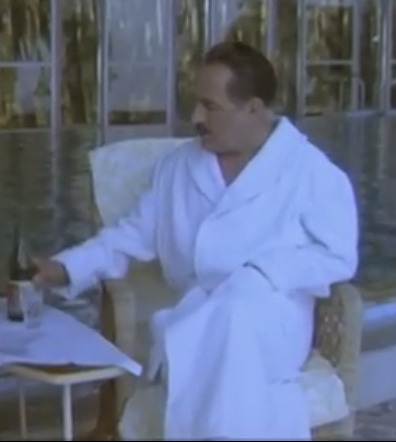
And did I mention this was a movie about Nikita Khrushchev’s removal from office as leader of the Soviet Union?
29 notes
·
View notes
Text

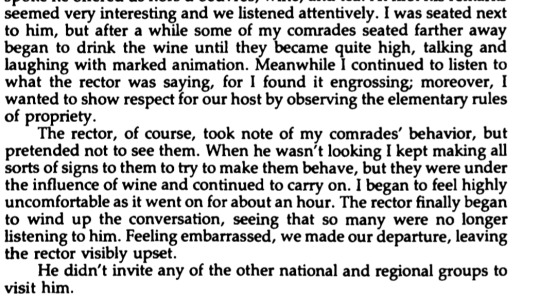

From the memoirs of Anastas Mikoyan - Soviet statesman
#Anastas Mikoyan#was such a menace in his youth#A kind menace#But a menace nonetheless#history#ussr#soviet
16 notes
·
View notes
Text
Hating a man that's been dead since before my parents were born.
3 notes
·
View notes
Note
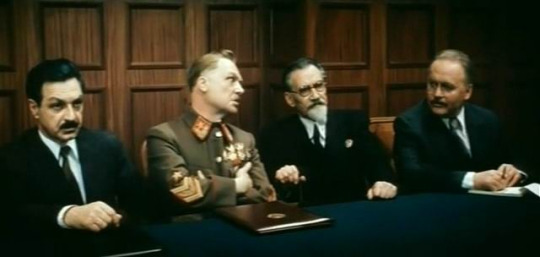


eat well, stepan
just found out that stepan mikoyan played the role of his father for 2-3 movies 😭 HE WASNT SPEAKING EITHER
SCREAMING did they just have him stand there in the background. he does look like his dad tho like...you could do a lot worse!
13 notes
·
View notes
Text
Cuba broke through its colonial domination into freedom. From the mountains of the Sierra Maestra and from the cities came the torrential power of the people against the US-backed dictator Fulgencio Batista. ‘The revolution is made in the midst of danger’, said Fidel Castro as he led his band of peasant-soldiers from the hills into the cities. They had triumphed against remarkable odds. Quickly, the revolutionaries passed a series of decrees – just as the Soviets had – to draw the key classes to their side. To draw in the urban Cubans, the revolutionaries cut rents by half – sending a strong signal to the bourgeoisie that they had a different class outlook. Then, the revolutionaries took on the United States, whose government held a monopoly over services to the island. Telephone and electrical companies – all American – were told to reduce their rates immediately. Then, on May 17, 1959, the Cuban government passed its agrarian reform – the keystone of the revolutionary process. Land holdings would be restricted so that no large landowners could dominate the landscape and so that the US sugar industry could not strangle the hopes of the island. The most radical part of the reform was not the land ceiling itself, but the logic that agrarian reform would transform the stagnation of the Cuban economy and its dependence upon the United States. The law clearly stated that, from a socialist standpoint,
«The agrarian reform has two principal objectives: (a) to facilitate the planting or the extension of new crops with the view of furnishing raw materials to industry, satisfying the food requirements of the nation, increasing the export of agricultural products and, reciprocally, the import of foreign products which are essential to use; (b) to develop the interior market (family, domestic) by raising the purchasing power of the rural population. In other words, increase the national demand in order to develop the industries atrophied by an overly restrained consumption, or in order to create those which, for lack of customers, were never able to get started among us.»
The revolutionaries wanted to diversify their sugarcane island, produce food security for their people, remove people from desperation, increase the ability of people to consume a range of goods and engineer a people-centred rather than an export-centred economy. Long before Castro announced his commitment to communism, the regime had already developed a carefully thought out socialist platform.
The United States of America, having overthrown the radical nationalist government in Guatemala in 1954, was eager to repeat the task in Cuba in 1959. An embargo came swiftly, as did every form of humiliation possible against the Cuban people. The Cuban economy was structured around dependency to Washington, with the sugar bought by the US firms and with the island turned into a playground for American tourists. Now, the US decided to squeeze this little island, only ninety miles from the US shoreline. Gunboats were readied, a failed invasion tried in April 1961 at the Bay of Pigs. Cuba was vulnerable but also protected by the deep roots of its revolution. But would this protection be sufficient? Could Cuba, alone, be able to survive the onslaught from the United States?
On February 5, 1960, a leader in the USSR and an Old Bolshevik – Anastas Mikoyan – came to Havana to join Fidel Castro at the opening of a Soviet scientific, cultural and technical exhibition. A week later, Mikoyan and Castro signed an agreement for the USSR to buy Cuban sugar at the world market price (in dollars) and provide credits for the Cubans to buy Russian goods. The USSR would subsequently buy almost all the Cuban sugar harvest, even as the Russian consumer market could very well have been supplied by beet sugar from within the USSR. Prices fluctuated, but, on balance, the Cubans were able to find a regular buyer to take over from the United States. The Russians also provided over a $100 million in credits toward the construction of Cuba’s chemical industry as well as trained Cuban technical and scientific workers in the USSR. Diversification of Cuba’s economy remained on the cards, although it became clear that it would not be an easy task. In August 1963, Castro announced that diversification, as well as industrialization, would be postponed. Cuba needed to concentrate on its sugarcane harvest to earn the means to survive the embargo.
On February 24, 1965, Che Guevara addressed the Second Economic Seminar of Afro-Asian Solidarity in Algiers, Algeria. He had come to talk about the economic problems for a revolution in a post-colonial country. Overthrowing the former colonizer was not enough, Che said, since ‘a real break’ is needed from imperialism for the new state to actually flourish and not remain in dependency. How could the post-colonial state survive a hostile economic climate? Who would buy its goods – mainly primary, unprocessed goods – at a fair price, and who would lend it capital at fair terms to develop? Capitalist banks and countries would not provide the post-colonial state, particularly a socialist state, with the means to break out of the trap of underdevelopment. Banks would lend money to a post-colonial state at rates higher than it would lend to a colonial power. Expensive money would only put the post-colonial state into further difficulty, as it would find it hard to service its debt and see its debt multiply out of hand. To prevent this situation, Che argued, the ‘socialist countries must help pay for the development of countries now starting out on the road to liberation’. Trade between socialist countries must not take place based on the law of value of capitalism, but through the creation of fraternal prices. ‘The real task’, Che said, ‘consists of setting prices that will permit development. A great shift in ideas will be involved in changing the order of international relations. Foreign trade should not determine policy, but should, on the contrary, be subordinated to a fraternal policy toward the peoples.’
China, in 1960, offered Cuba credit of $60 million without interest and without a timeline for repayment. This was an enviable loan. But the scale was much smaller than the Soviet assistance. By 1964, the USSR had provided Cuba with economic assistance valued at over $600 million, while the Eastern European countries offered several hundred million more in aid and assistance. The USSR had also trained over 3,000 Cubans in agronomy and agricultural mechanization as well as 900 Cubans as engineers and technicians. Che recognized the value of the Soviet ‘fraternal policy’ both in terms of the training and in the prices offered. ‘Clearly, we could not ask the Socialist world to buy this quantity of sugar at this price based on economic motives’, he had said in 1961, ‘because really there is no reason in world commerce for this purchase and it was simply a political gesture’.
Red Star Over the Third World, Vijay Prashad, 2019
95 notes
·
View notes
Text
anastas mikoyan would have made a great food blogger or foodtok girlie
8 notes
·
View notes
Text
I made a mistake rewatching the death of stalin while researching an essay on Soviet foreign policy in 1956 because now when I read presidium minutes I hear it in their ridiculous regional British accents from the movie. What do you mean Anastas Mikoyan didnt have a cockney accent
11 notes
·
View notes
Text
Press Release from Anastas Mikoyan
"Comrade Zhukov has done nothing but lead our beloved Soviet Forces to their deaths. Hero of the Soviet Union? More like the Grimm Reaper! Comrade Zhukov was a respected General during the Great Patriotic War, but he is getting old, getting rusty. Comrade Zhukov should retire and contribute to the revolution in other manners, such as working in my Ministry of Forest, cutting wood."
0 notes
Text
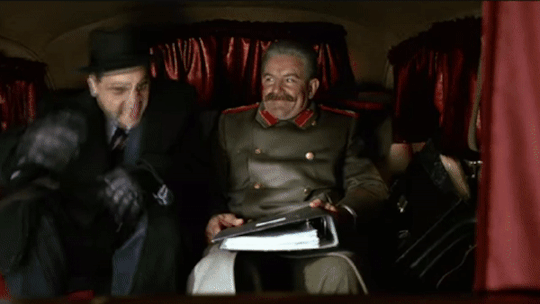
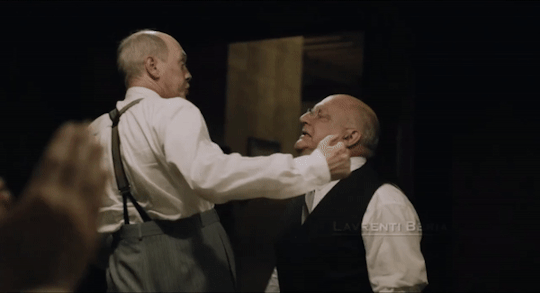
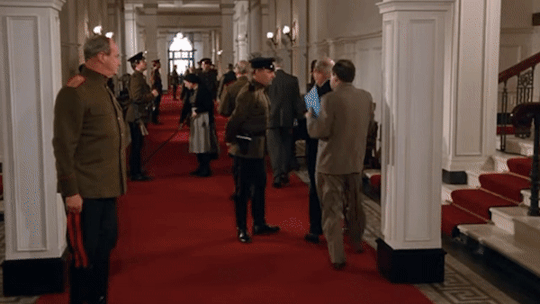
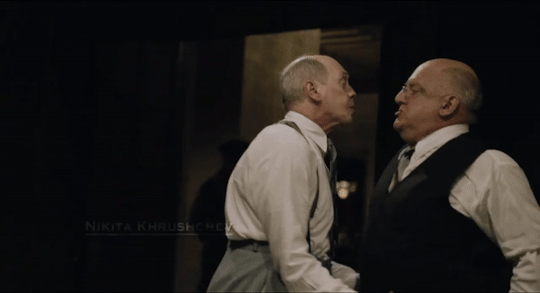


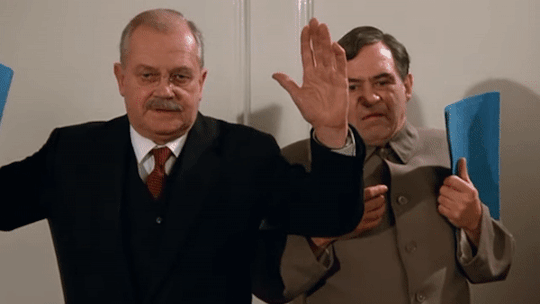


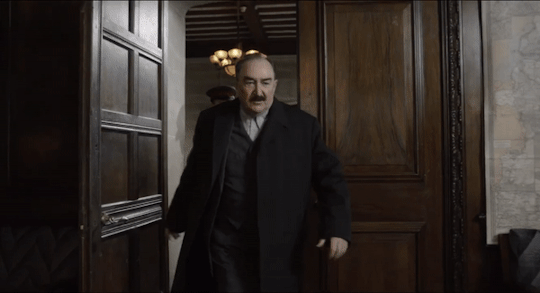

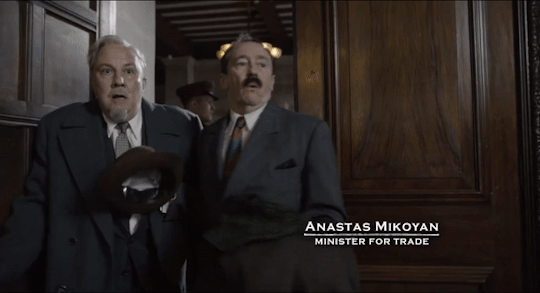
Meet the Politburo...
Red Monarch (1983, dir. Jack Gold) || The Death of Stalin (2017, dir. Armando Iannucci)
#red monarch#the death of stalin#movies#ussr#nikita khrushchev#vyacheslav molotov#anastas mikoyan#lazar kaganovich#lavrentiy beria#georgy malenkov#michael palin#steve buscemi#jeffrey tambor#simon russell beale#paul whitehouse#dermot crowley#david suchet#nigel stock#peter woodthorpe#brian glover#george a cooper#such a shame theres no bulganin or zhukov for red monarch!#and voroshilov in the death of stalin!#armando iannucci#jack gold
117 notes
·
View notes
Text
The irony is that prior to the Revolution at least some Bolsheviks really did openly preach free love:
Prior to rising to power there were Bolsheviks who sincerely believed in free love and that the glorious springtime of the proletariat would practice it. The main theoretician on these lines was also one of the few Old Bolsheviks to die of old age not named Anastas Mikoyan. For whatever reason Stalin never laid a hand on her, and let her have peripheral gilded cages flitting at the edge of power but never actually holding it.
#lightdancer comments on history#women's history month#europe and women's history#soviet union and women's history#alexandra kollontai
0 notes
Text
"The principle of collective leadership is elementary for a proletarian party and for a party of the Lenin type. Nevertheless, we must emphasize this old truth, because for about 20 years we have had practically no collective leadership; there flourished the cult of the individual which was condemned first by Marx and then by Lenin. And this, of course, could not but reflect negatively on the position of the party and its work."
Anastas Mikoyan , As quoted in "The World Almanac and Book of Facts" (1969), p. 159
5 notes
·
View notes
Text
My least favorite genre of politburo photos are the ones where all the real ones are there as they should be and then there's Mikoyan in the corner. And it just ruins my entire day.









5 notes
·
View notes
Note
just found out that sergo mikoyan listens to sade. what do i do with this information
the former USSR’s coolest and hippest family
#I hope you know this but Anastas Alexeyevich Mikoyan better known by his stage name Stas Namin is a rock musician!#he’s the OG anastas’s grandson#also I’m assuming you’re talking about Anastas’s son Sergo and just mixed up tenses bc he died in 2010#after a good long life of apparently jamming to Sade
7 notes
·
View notes
Text
The Cuban Missile Crisis: Immediate Postmortems
The Cuban Missile Crisis: Immediate Postmortems
On the 60th anniversary of the resolution of the Cuban Missile Crisis, the National Security Archive has published five previously confidential government documents relating to the immediate postmortems about the Cuban Missile Crisis of October 1962. Those documents are (1) a Soviet summary of a meeting between Nikita Khrushchev and Czechoslovakian Communist Party leader, Antonín Novotný; (2)…
View On WordPress
#"Thirteen Days"#Anastas Mikoyan#Antonín Novotný#Cuba#Cuba Missile Crisis#Cuba. United States of America (USA)#Czechoslovakia#Fidel Castro#Herbert Marchant#National Security Archive#Nikita Khrushchev#President John F. Kennedy#Robert Kennedy#Soviet Union (USSR)
0 notes